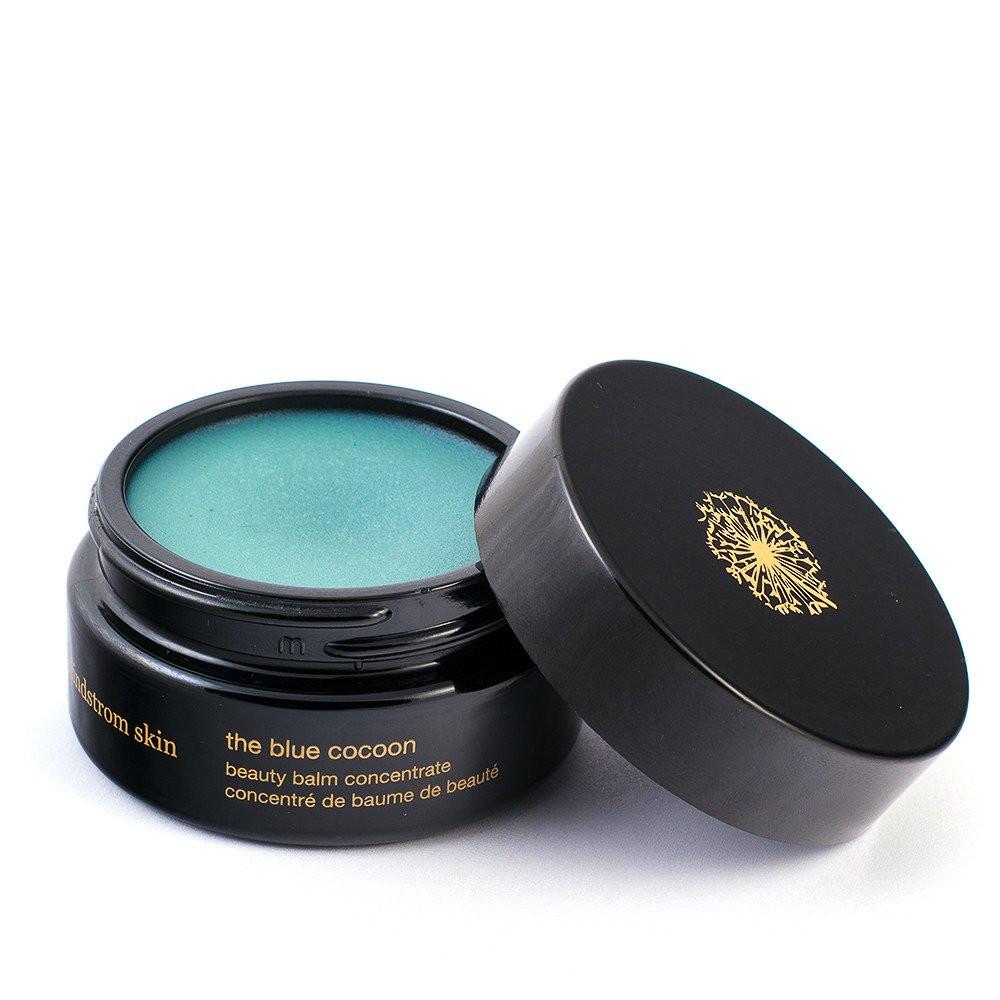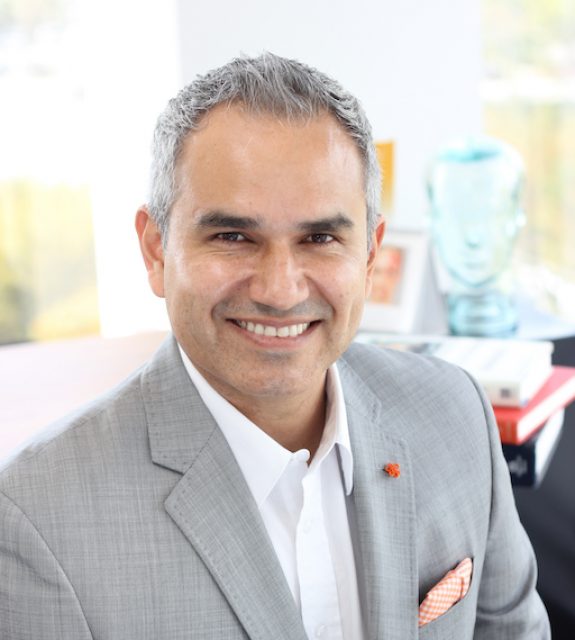Hair thinning and loss are concerns for men and women alike—and hair restoration options have advanced significantly in recent years. Dr. Miguel Mascaró, founder of the Delray Beach Hair Transplant Center in Delray Beach, Florida explains the most effective ways to restore full, thick, healthy hair—and everything you need to know before committing to the procedures that yield the most dramatic results.
The first step when seeing a patient who is interested in hair restoration is determining the cause of their hair thinning or loss, which can usually be done quickly and accurately during the initial consultation. In some cases, bloodwork may be necessary to ensure the endocrine system (including the thyroid, adrenal glands and pituitary gland) is functioning properly, and although rare, a scalp biopsy may be performed. Once it is confirmed that the cause of hair loss is androgenic (or testosterone-based), the various hair transplant options can be discussed.
Follicular unit transplant (FUT)
The follicular unit transplant involves removing a strip of the scalp from the back of the head below the crown and between the ears before a microscope is used to harvest individual follicular units that are then transplanted to thinning or bald areas. Stitches are used to close the incision on the donor area, which are generally removed within seven to 10 days. It’s important to avoid vigorous exercise for three to four weeks, and it’s important that patients understand there is a risk of prolonged numbness and permanent scarring, especially if the suturing is done improperly.
Follicular unit extraction (FUE)
Follicular unit extraction is a more advanced hair restoration technique that harvests follicular units one by one from the same donor area without the need for a large incision. This is an extremely tedious and time-consuming step of the hair restoration process, as it must be performed meticulously to avoid damaging the hair follicles.
SmartGraft is an innovative and effective vacuum-assisted FUE technology that partially automates the extraction process while allowing the doctor performing the grafts to maintain control. (This device falls between fully-automated FUE technologies such as the ARTAS robotic hair transplant and the 100-percent manual FUE punch technique.) However, the main advantage of SmartGraft is the refrigerated receptacle that keeps the grafts cool and moist after they are harvested with minimal manipulation, which optimizes their survival rate during the transplant procedure. The SmartGraft procedure generally takes half a day, and as many as 2,000 grafts (with one to four hairs each) can be performed during one session. Unlike FUT, there is minimal downtime associated with SmartGraft FUE, and most patients are back to their regular routine within a few days. Patients who undergo the procedure on a Thursday can be back in the office on Monday.
FUE recovery is relatively easy as well. Patients may experience crusting in the areas where grafts are placed, but this resolves naturally within the first five days after the procedure. Once the crusting falls off, patients are free to resume exercise, and it’s common for a small percentage of the grafts to fall out within the first two weeks after FUE. After one month, patients can begin using Rogaine, Propecia, Nutrafol supplements or a laser cap to promote hair growth. After two to three months, the transplanted hairs begin to grow naturally on their own, and patients generally have enough “new” hair that can be styled after six months. Ninety to 95 percent of the full results are visible after one year. In some cases, a second FUE procedure may be performed six months after the initial treatment.
Hair restoration treatment is highly customized for each patient’s unique case of hair loss and goals, which is why it’s imperative to seek the help of an extensively trained and experienced specialist. Hair restoration is not a “quick fix,” but with patience and the right physician, it’s possible to permanently restore a full head of thick, healthy hair with minimal downtime and recovery.
For more information, visit Dr. Miguel Mascaró's social media:
























